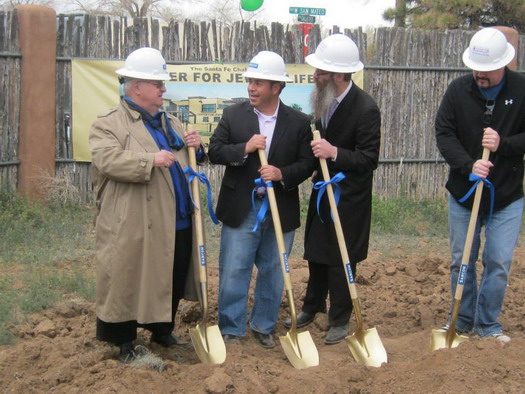
Jewish Center to Enhance Sante Fe’s Artistic Landscape
Santa Fe is renowned for its architecture, art galleries and numerous museums. But soon, the 400-year-old city and capital of the state of New Mexico will also boast another place of interest: a brand-new Chabad center.
Last month, the Chabad Jewish Center of Santa Fe broke ground on a nearly 10,000-square-foot building that will offer space for prayer, learning and socializing for the Southwestern city’s Jewish community and its visitors.
Some 5,000 Jews live in the Santa Fe area, according to Rabbi Berel Levertov, co-director of Chabad of Santa Fe with his wife, Devorah Leah. Several hundred more visit each year, drawn to the “City Different,” as Santa Fe is known, for its rich cultural history, vibrant arts scene and penetrating desert beauty.
The new center has been “a long time coming,” says the rabbi. For years, the growing Jewish community has been feeling the squeeze of its site.
The Levertovs arrived in town in 1996, opening Chabad of Santa Fe in a small house, which doubled as their family’s residence. In 2000, they moved their operations to a somewhat larger space, though still in a converted home. It was meant to be a temporary sojourn.
“We always knew it wasn’t big enough,” says the rabbi. All the while, the couple’s family has grown as well; they are the parents of six children.
As the years went on, the Chabad House continued to expand its programming, which includes Shabbat services and meals, holiday celebrations, a Hebrew school, a Women’s Circle and adult-education classes. They had to hold many of their larger events off-site, such as this year’s Passover seder, which drew more than 130 people.
In 2010, the Levertovs were poised to purchase a 1.2-acre plot near Santa Fe’s historic downtown plaza. But legal complexities about how the land could be used snarled their plans, and they were forced to walk away.
A Mikvah and More
In the meantime, the community had reached a different milestone: the building of a mikvah, a Jewish ritual bath, in 2010.
Local architect David Perrigo designed the mikvah, which is housed in an elegant building of authentic adobe, at no cost. A cascading mosaic of 1,400 hand-cut stones, created by artist John Kalkstein, surrounds the ritual pool.
“It’s probably the only adobe mikvah that exists,” says Devorah Leah Levertov. “That we have a mikvah in this little city in the Southwest is a symbol of the continuation of Judaism. It’s a way to connect to thousands of years of history as Jewish women.”
Yet unable to find a new property, the Levertovs made a tough call: Rather than move to a different site, they decided to knock down the current Chabad House and build anew. Then, in 2012, they received an unexpected gift: A local family offered a $1 million grant for growth, provided Chabad of Santa Fe could raise an additional $1 million.
With the funds in place, Perrigo began envisioning the new center, once again working entirely pro bono. Sadly, he could not see the project to completion; he passed away in 2012.
The architecture firm Atkin Olshin Schade took over, drafting designs for a two-story complex built in Santa Fe’s characteristic Pueblo Revival style, with adobe-style walls, multi-level flat roofs and exposed wooden beams.
At the heart of the new center will be a synagogue—its sanctuary framed by wide picture windows and topped by rough-hewn timber ceiling with skylights. An expansive community room—for Shabbat meals, holidays and other celebrations—will feature ample natural light and rustic wooden beams. The center will also have two kitchens, classrooms, a lounge and guest suites for visitors.
The rabbi says planners are working to make the building as energy-efficient and environmentally sustainable as possible. Construction is set to begin later this month; building is expected to take a year and to cost about $3.3 million.
‘A Welcoming Place’
Dr. Vanessa Kitzis, a pulmonologist, lives in Santa Fe with her husband and two sons, ages 5 and 7, who currently attend Chabad’s Hebrew school, which is headed by Devorah Leah Levertov. Kitzis says the new center “will be huge for the community.”
She is especially excited about the new classrooms: “Once we have a nicer facility, I think more and more people will be drawn to send their kids to the Hebrew school.”
U.S. Rep. Ben Ray Luján (3rd District, New Mexico) joined the 150 supporters at last month’s groundbreaking. The congressman said the new center would be “a welcoming place for all who want to contribute to its mission of building a stronger community.” Also attending was former governor of New Mexico Toney Anaya, among other state and city leaders.
Rabbi Chaim Schmukler, regional director for Chabad centers in New Mexico, spoke at the April 6 groundbreaking. He says the new center “will, G‑d willing, advance theRebbe’s [Rabbi Menachem M. Schneerson, of righteous memory] vision for the Santa Fe community and for world Jewry.”
Stephen Hochberg, a Manhattan native, moved to Santa Fe in 2007 after retiring from a career in law. He says Chabad of Santa Fe serves a vital purpose for the local Jewish community.
It’s become so central to religious, educational and social life there that he poses a rhetorical question: “I ask people to close their eyes and imagine Santa Fe without Chabad.”
Hochberg and his wife, Jane, are dedicating a classroom for the new center. He says: “We need a place where there can be lots of noise. We want to hear children singing, we want to hear learning, to hear singing, to hear praying. We need it all, and we need it all in one place.”

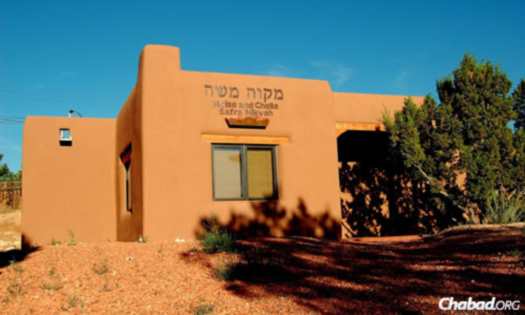

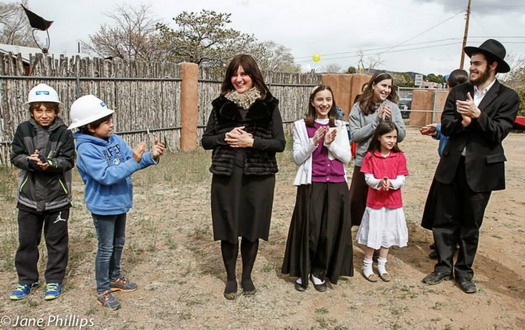
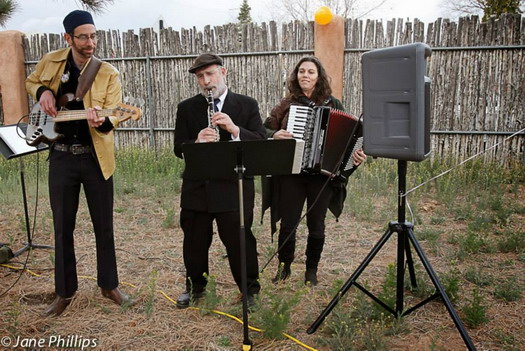
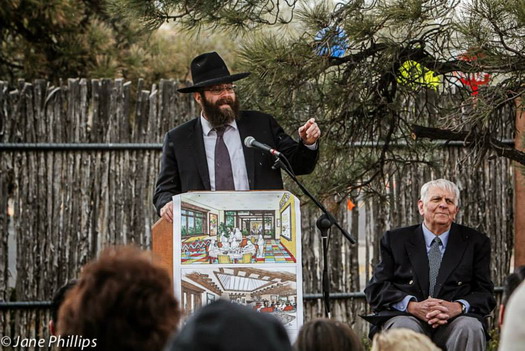
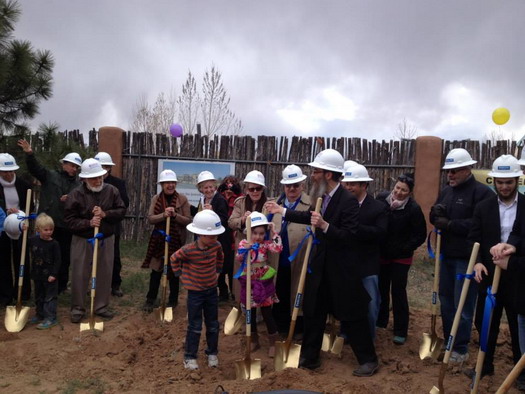

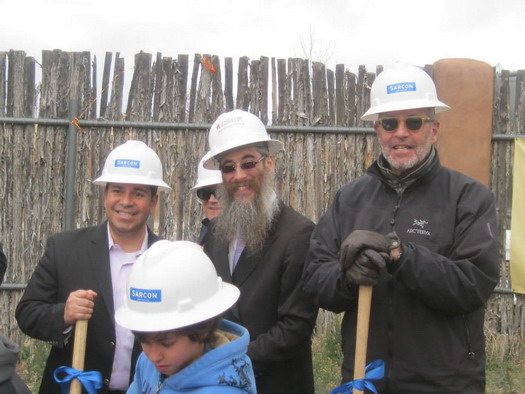
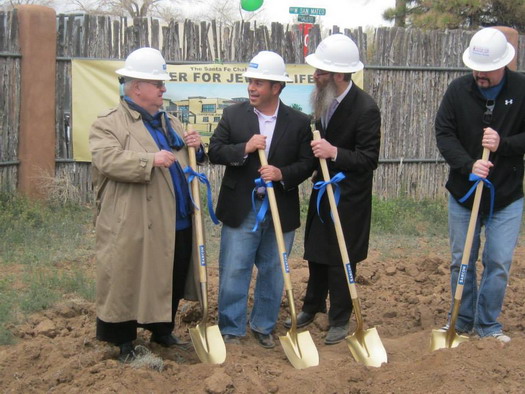
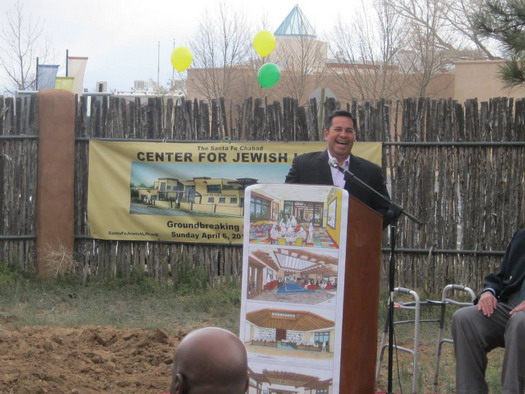


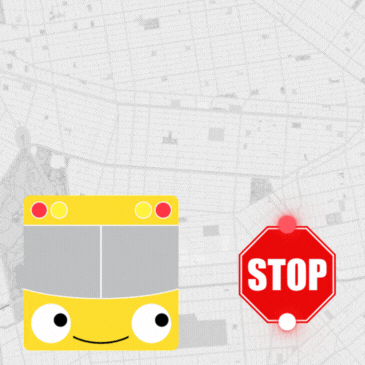
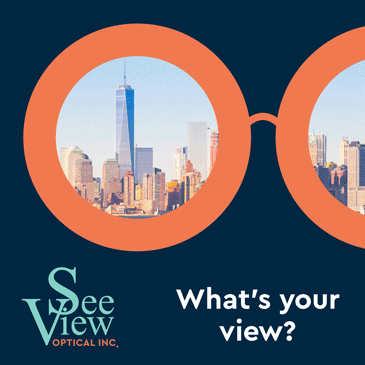






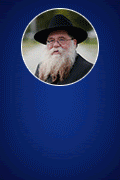


Anonymous
YAAAAY GO THE LEVERTOVS!!!